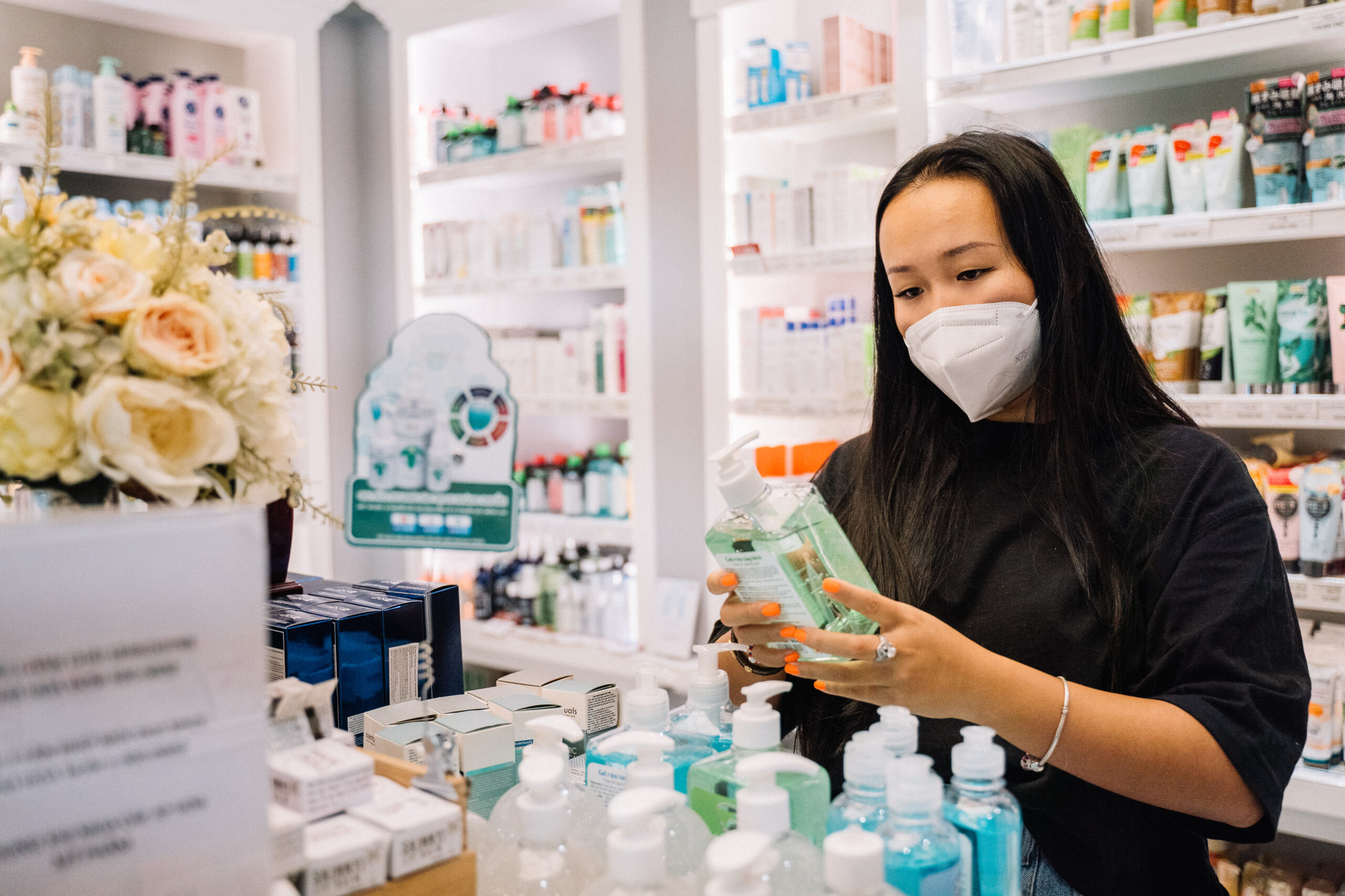What are the treatment options for varicose veins?
Title: Exploring Treatment Options for Varicose Veins: Your Guide to Better Vein Health
Introduction:Varicose veins, those swollen, twisted, and often painful blood vessels that commonly appear on the legs, affect millions of people worldwide. While they can be a cosmetic concern, varicose veins can also cause discomfort, leg fatigue, and even more serious health complications if left untreated. Fortunately, several treatment options are available to alleviate symptoms and enhance the appearance of varicose veins. In this blog, we will dive into the various treatment methods that can help you achieve smoother, healthier-looking legs.
1. Lifestyle Modifications:Before considering medical interventions, it is essential to adopt certain lifestyle changes to improve vein health. Regular exercise, such as walking, swimming, or cycling, can strengthen leg muscles and promote better blood circulation. Additionally, maintaining a healthy weight, avoiding prolonged periods of standing or sitting, and elevating your legs when resting can assist in reducing the severity of varicose veins.
2. Compression Stockings:Compression stockings are widely used as a non-invasive treatment option for varicose veins. These specialized stockings apply pressure to the lower legs, helping to squeeze the veins and improve blood flow. By wearing compression stockings daily, you can alleviate symptoms and prevent the progression of varicose veins. It is crucial to consult with a healthcare professional to ensure the correct fit and compression level for your specific needs.
3. Sclerotherapy:Sclerotherapy is a popular procedure for treating smaller varicose veins and spider veins. During this minimally invasive treatment, a solution is injected directly into the affected veins, causing them to collapse and gradually fade away over time. Sclerotherapy is generally performed on an outpatient basis, allowing individuals to resume their daily activities shortly after the procedure.
4. Endovenous Thermal Ablation:Endovenous thermal ablation is an effective treatment option for larger varicose veins. This procedure involves using laser or radiofrequency energy to heat the affected vein, causing it to collapse and close off. The body naturally redirects blood flow to healthier veins, leading to a noticeable improvement in both symptoms and appearance. Endovenous thermal ablation is performed under local anesthesia and typically has a short recovery period.
5. Phlebectomy:Phlebectomy, also known as microphlebectomy or ambulatory phlebectomy, is a surgical procedure used to remove larger varicose veins through tiny incisions in the skin. This outpatient procedure is performed under local anesthesia, and patients can often resume their normal activities shortly after the surgery. Phlebectomy is particularly effective for treating surface varicose veins and providing long-lasting results.
6. Laser or Light Therapy:Laser or light therapy is another non-invasive treatment option for varicose veins, especially for smaller vessels close to the skin’s surface. These treatments use focused light energy to target and destroy the affected veins, leading to their gradual disappearance. Multiple sessions may be required to achieve optimal results.
Conclusion:If you are experiencing the discomfort of varicose veins, it’s essential to explore the available treatment options. Whether through lifestyle modifications, compression stockings, minimally invasive procedures like sclerotherapy and endovenous thermal ablation, or surgical intervention like phlebectomy, you can regain healthier legs and improved quality of life. Consult with a qualified healthcare professional to determine the most suitable treatment approach for your specific condition. Remember, early intervention can prevent further complications and help you enjoy healthier, more confident legs.



